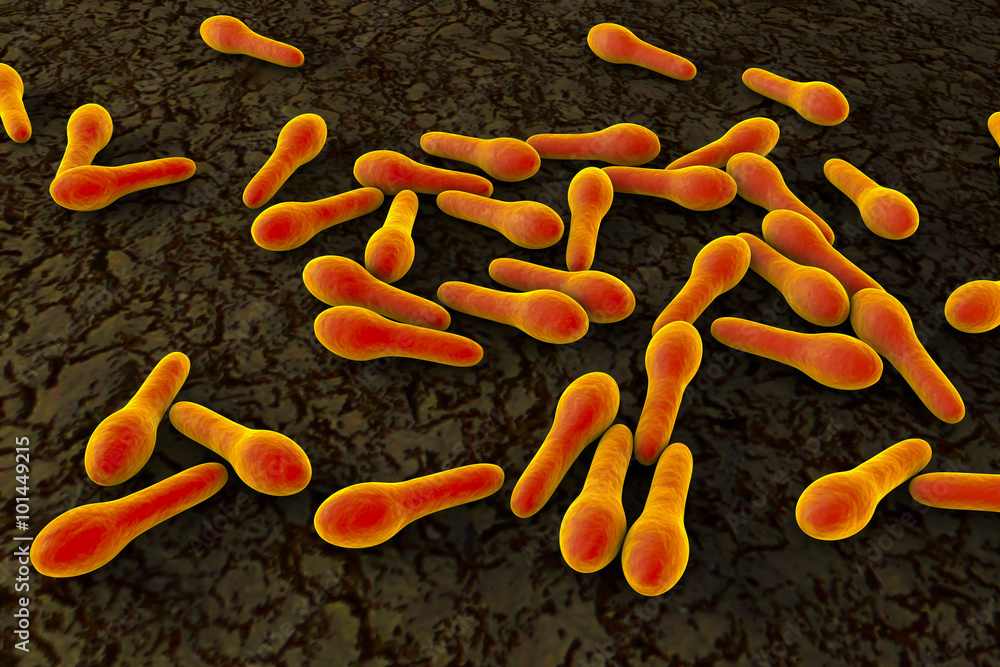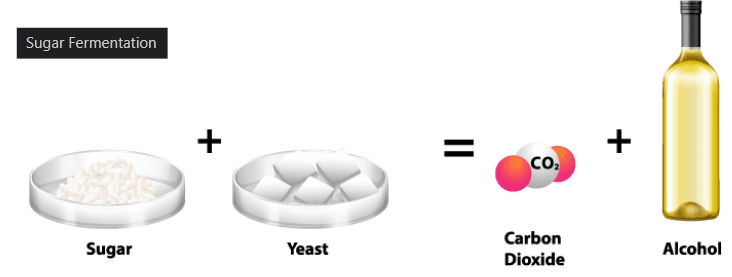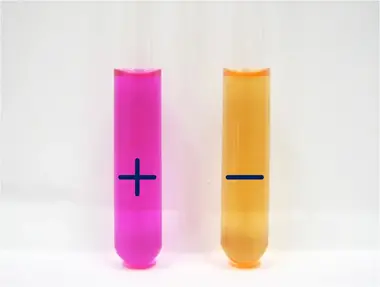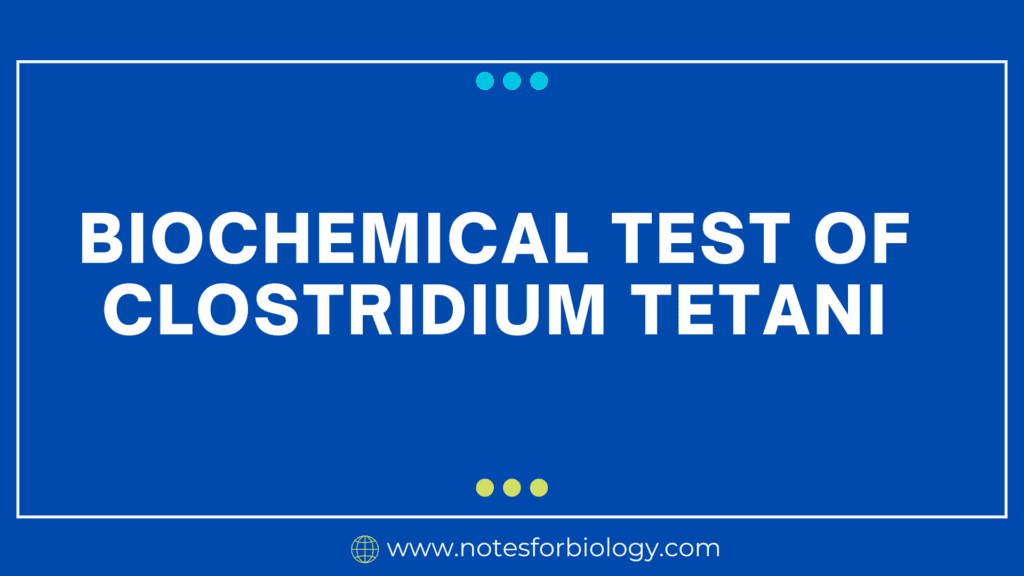Clostridium tetani

The bacteria that causes tetanus, a dangerous condition that affects the nervous system, is Clostridium tetani. Tetanus bacteria can enter the body through cuts, wounds, or puncture injuries. They are frequently found in soil, dust, and animal faces.The bacteria Clostridium tetani is responsible for the deadly illness tetanus. Under a microscope, it appears as rod-shaped cells and is a gram-positive, anaerobic bacterium. It frequently forms hardy spores that help it survive in hostile environments.
The main method of preventing tetanus is immunization with the tetanus toxoid vaccine, which is frequently given as a part of the DTP or DTaP vaccine series in childhood. Booster doses are then given every ten years or in response to an accident that puts a person at risk for tetanus. Another critical factor in reducing tetanus infections is prompt wound care, which includes cleaning and treating wounds appropriately.
Table of Contents
Biochemical Test
Numerous biochemical techniques that are frequently employed in microbiology labs can be utilized to identify Clostridium tetani. Here are a few of the crucial exams:
Staining by Gramme
Being a Gram-positive bacteria, Clostridium tetani keeps the purple stain after the Gramme staining procedure.
Test for Catalase
Because It produces the enzyme catalase, which catalyzes the breakdown of hydrogen peroxide into water and oxygen and creates bubbles, it is catalase-positive.
Oxygen Requirement
Need for Oxygen Being an obligatory anaerobe, Its develops without oxygen. It may be killed by exposure to oxygen, but it does not need oxygen to develop.
Test of Motility
Because of its peritrichous flagella, It can move about.
Production of Indole
It does not create indole from tryptophan since it is an indole-negative bacterium.
Lecithinase Test
The lecithin in egg yolk is hydrolyzed by Clostridium tetani-produced lecithinase, resulting in the production of a clear zone or white precipitate surrounding the bacterial growth on an egg yolk agar plate.
Sugar Fermentation Tests

As a fermentation byproduct, acids and gases are produced when Clostridium tetani ferments glucose and other sugars such maltose, sucrose, and lactose.
Test for Nitrate Reduction
Being nitrate-positive, It can further convert nitrate (NO3-) to nitrite (NO2-) or even further to nitrogen gas (N2) or ammonia (NH3).
Test for Gelatin Hydrolysis
Gelatin can be hydrolyzed by Clostridium tetani, which breaks down the proteins in the gelatin into smaller peptides and amino acids, liquefying the gelatin medium.
Production of Hydrogen Sulphide (H2S)
When grown on media containing sulphur compounds, It typically does not create hydrogen sulphide gas, or H2S-negative.
Test for Urease

Because Clostridium tetani lacks the urease enzyme, which hydrolyzes urea to create ammonia and carbon dioxide, it is urease-negative
Test for Esculin Hydrolysis
Because It hydrolyzes esculin, a glycoside present in some plants, into esculetin and glucose—which are identified by the production of a black precipitate in the presence of ferric ions—it is known to be an esculin-positive bacteria.
These assays aid in the identification of Clostridium tetani in the laboratory, in conjunction with other biochemical features and morphological traits seen under a microscope.
Frequently Asked Questions(FAQ)
What is the Test for Gelatin Hydrolysis?
Gelatin can be hydrolyzed by Clostridium tetani, which breaks down the proteins in the gelatin into smaller peptides and amino acids, liquefying the gelatin medium.
What is Sugar Fermentation Tests?
As a fermentation byproduct, acids and gases are produced when Clostridium tetani ferments glucose and other sugars such maltose, sucrose, and lactose.
Related Articles

